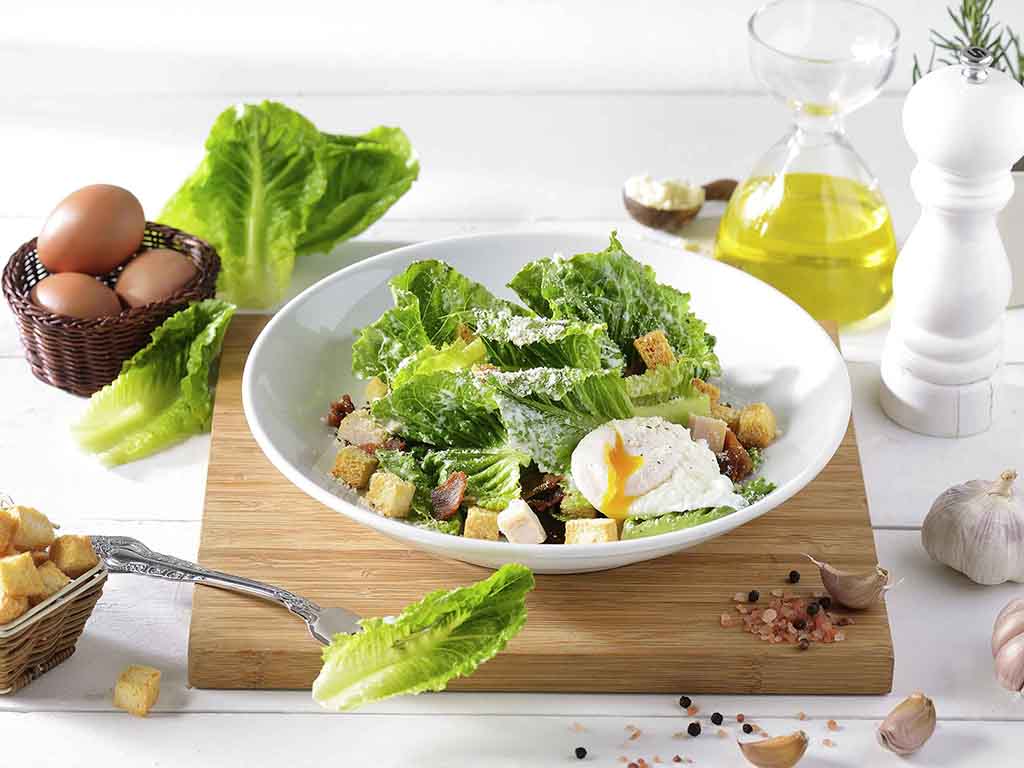Appetiser or snack in Spanish cuisine A tapa (Spanish pronunciation:) is an appetiser or snack in Spanish food. Tapas may be cold (such as combined olives and cheese) or hot (such as chopitos, which are damaged, fried child squid). In some bars and restaurants in Spain and across the globe, tapas have actually progressed into a more sophisticated cuisine.
In some Main American nations, such snacks are understood as bocas. In parts of Mexico, comparable meals are called botanas. The word "tapas" is originated from the Spanish verb tapar, "to cover", a cognate of the English top. In pre-19th-century Spain tapas were served by posadas, albergues or bodegas, using meals and rooms for travellers.
The word "tapas" is originated from the Spanish verb tapar, "to cover", a cognate of the English top. In pre-19th-century Spain tapas were served by posadas, albergues or bodegas, using meals and rooms for travellers.
According to, the original tapas were thin slices of bread or meat which sherry drinkers in Andalusian pubs used to cover their glasses between sips. This was an useful step meant to avoid fruit flies from hovering over the sweet sherry (see listed below for more descriptions). The meat used to cover the sherry was usually ham or chorizo, which are both really salted and trigger thirst.
The tapas eventually became as crucial as the sherry. Tapas have actually developed through Spanish history by incorporating brand-new active ingredients and affects. Many of the Iberian Peninsula was attacked by the Romans, who presented more extensive growing of the olive following their invasion of Spain in 212 B.C. and irrigation techniques.
It has actually likewise been declared that tapas come from the south of Spain throughout the time of the Spanish Inquisition as a method of publicly identifying conversos, Jews who had actually transformed to Christianity. Considering that tapas typically consist in part of ham or other non-kosher foodstuffs, the reluctance of the conversos to consume whatever tapas dish was provided to them might be taken as an indirect admission that they had actually not abandoned their Jewish faith, hence tapas were a tool of the Spanish Inquisition. [] There are numerous tapas competitors throughout Spain, but there is only one National Tapas competition, which is celebrated every year in November.
Numerous schools from worldwide pertained to Spain each year to contend for the very best tapa principle. Though the primary meaning of tapa is cover or cover, it has in Spain also end up being a term for this design of food. The origin of this brand-new significance is uncertain but there are a number of theories: As pointed out above, a typically pointed out explanation is that a product, be it bread or a flat card, and so on, would frequently be put on top of a drink to safeguard it from fruit flies; at some time it became a routine to top this "cover" with a treat.
Amongst the Portuguese area of eastern Alentejo, it is declared that shepherds utilized to cover containers of fresh water or wine with bread slices to secure it from snakes while on the field. This bread was finally consumed with chourio or morcela upon return from herding. [] Others believe the tapas tradition began when king Alfonso X of Castile recovered from an illness by drinking white wine with small meals in between meals.
Another popular description states that King Alfonso XIII visited a famous pub in Cdiz (Andalusian city) where he purchased a cup of red wine. The waiter covered the glass with a slice of cured ham prior to providing it to the king, to protect the red wine from the beach sand, as Cdiz is a windy location.
A last possibility [] surrounds Felipe III, who passed a law in an effort to curb rowdy drunken behavior, especially among soldiers and sailors. The law mentioned that when one bought a drink, the bartender was to put over the mouth of the mug or goblet a cover or lid including some small quantity of food as part of the purchase of the beverage, the hope being that the food would slow the results of the alcohol, and fill the stomach to prevent over-imbibing.
For that reason, Spaniards frequently go "bar hopping" (Spanish: Ir de tapas) and consume tapas in the time in between finishing work and having supper. Because lunch is usually served between 1 and 4 p.m., another common time for tapas is weekend days around twelve noon as a way of socializing before proper lunch at house.
In Spain, tapas are standard in Andalusia, Murcia, Len, Extremadura, and Ciudad Real. It is extremely common for a bar or a little local restaurant to have 8 to 12 various type of tapas in warming trays with glass partitions covering the food. They are frequently very strongly flavored with garlic, chilies or paprika, cumin, salt, pepper, saffron and in some cases in plentiful amounts of olive oil.
It is rare to see a tapas choice not include several kinds of olives, such as Manzanilla (olive) or Arbequina olives. Several kinds of bread are generally offered to consume with any of the sauce-based tapas. In Andalusia and certain places in Madrid, Castilla-La Mancha, Castile and Len, Asturias, and Extremadura, when one goes to a bar and orders a drink, frequently a tapa will be served with it totally free.
In a number of cities, whole zones are devoted to tapas bars, every one serving its own unique dish. In Len, one can discover the Barrio Hmedo, in Logroo Calle Laurel and in Burgos Calle de la Sombrerera and Calle de San Lorenzo. Often, particularly in northern Spain, they are also called (pintxos in Basque) in Asturias, in Navarre, in La Rioja (Spain), the Basque Country, Cantabria and in some provinces, such as Salamanca, because much of them have a pincho or toothpick through them.
In a different way priced tapas have different shapes or have toothpicks of different sizes. The price of a single tapa ranges from one to two euros. Another name for them is banderillas (small of bandera "flag"), in part due to the fact that some of them resemble the colorful spears utilized in bullfighting. Tapas can be "updated" to bigger portions, equivalent to half a dish (media racin) or a whole one (racin).
Tapas can be "updated" to bigger portions, equivalent to half a dish (media racin) or a whole one (racin).
The portions are usually shared by restaurants, and a meal made up of raciones resembles a Chinese, Korean or Middle Eastern. Aceitunas: olives, often with a filling of anchovies or red bell pepper Albndigas: meatballs made from pork and/or beef, served with sauce.: "garlic and oil" the timeless ingredients are just garlic, oil and salt, but the most typical type of it consists of mayo and garlic, served on bread or with boiled or grilled potatoes, fish, meat or veggies.
They are likewise referred to as gildas or piparras and can consist of olives, child onions, child cucumbers, or chiles (guindilla) with pieces of pepper and other veggies, and sometimes an anchovy.: white anchovies served in vinegar () or deep fried or rabas: rings of battered squid Carne mechada: slow-cooked, tender beef Chopitos: battered and fried small squid, likewise known as puntillitas Cojonuda (superb woman): a kind of, it consists of a slice of Spanish with a fried quail egg over a piece of bread.





